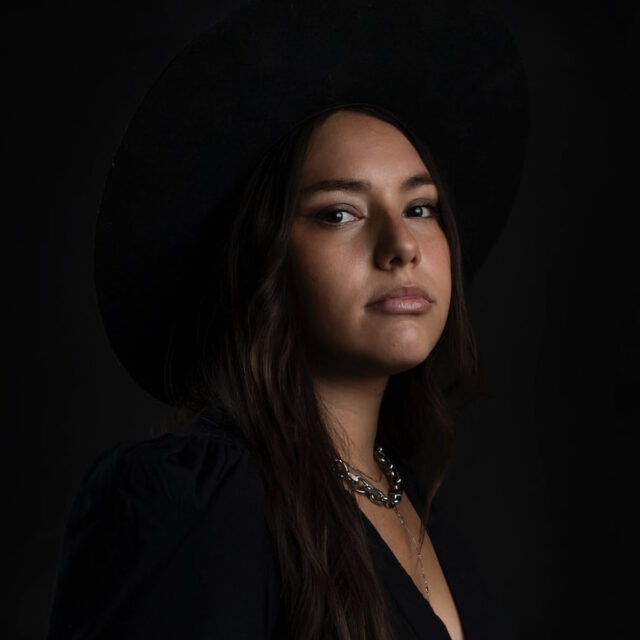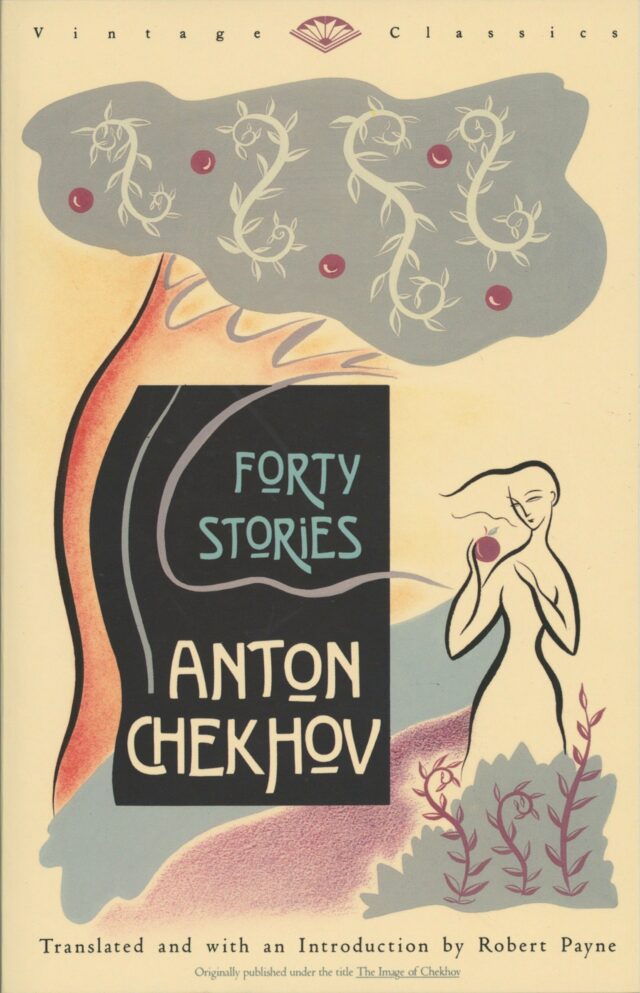DEL: Suzanne Kite
“I fund my art by siphoning off parts of artist fees from gigs, grants, scholarships, and fellowships to live and make art in the margins of research, academia, and project funding.”
DEL resident Kite aka Suzanne Kite is an Oglála Lakȟóta performance artist, visual artist, and composer raised in Southern California, with a BFA from CalArts in music composition, an MFA from Bard College’s Milton Avery Graduate School, and is a PhD candidate at Concordia University. Kite’s scholarship and practice highlights contemporary Lakota epistemologies through research-creation, computational media, and performance.
Q: How do you fund your artistic practice? What would it take to live off your art?
A: I fund my art by siphoning off parts of artist fees from gigs, grants, scholarships, and fellowships to live and make art in the margins of research, academia, and project funding. I pretend it is one giant project: living, art making, and working.
Q: How would your approach to artmaking change if you didn’t have to worry (as much) about making money?
A: This is going to be the first year I have the luxury to make art, as opposed to all other years when I was hungry, tired, and deep in debt and still somehow making one piece a year. Now I can make more, I just lack the time to do it them all now.
Q: What tools, techniques, or resources have helped you do more with less?
A: My favorites right now are Notion for project planning, Pomodoro Method for focusing. Also, sleeping and walking makes me a better person.
“So that’s my audience—the person who’s like ‘how do I make money as an artist?’ It’s a person, hopefully anywhere in the world looking for international residencies. Residences that let you bring your baby, residencies that provide childcare. Tools for that kind of thing exist, but they require so much research and insider knowledge.”
Q: Could you talk a little more about what your Artist’s Almanac project sets out to accomplish?
A: The necessity of mutual aid and artistic resources have become very, very enmeshed. I’m prototyping ways of organizing massive and differing types of support—and in a way that understands the artist as both a member of and a participant in a complex community. In terms of the way artists are thinking about mutual aid and participating in those radical systems, I’m thinking about ways to take resources, links, information, statistics—information that you’d find in an artists’ almanac, an artists’ resource book—and port them into easily legible and printable web layouts. So it becomes not overwhelming to look for and to understand topics and resources. What I’m imagining is templated web pages that have links to easily updated, easily submitted [resources], that is more easily understandable and welcoming to artists and to even the general public.
Q: So beyond the worthy goal of making info legible and digestible, where do you draw inspiration for it from?
A: The thing I’m most capable of doing is in the Indigenous arts space. But the way things have unfolded it’s clear that resources and aid—everybody needs those. And looking at the way resources have been organized for the Black Lives Matter movement, there’s all these different models that have flourished in this time. Like individual aid, particularly to trans and non-binary [people] who are happy to accept Venmo. All I can do right now is try to catalog every mode and method of redistribution of wealth. That’s been a really popular one. In the Los Angeles Indigenous community there are these free group therapy sessions where, at the end, they produce a little graphic with all of the recommended wellness tips that people have discussed. That’s a model—having a resource page that’s like “here’s a model of conducting group therapy,” you know? Here’s a model of sourcing materials. When I sit down, and any artist sits down, and they’re like, “I need $2,000 to make this project,” what do they do first? I sit down, and personally, I’m overwhelmed. It takes a long time to sift through which resource is the right resource.
DEL
Digital Economies ReaderExplore more of "DEL:"
→ HOLO.mg/stream/
→ HOLO.mg/digital-economies-reader/

